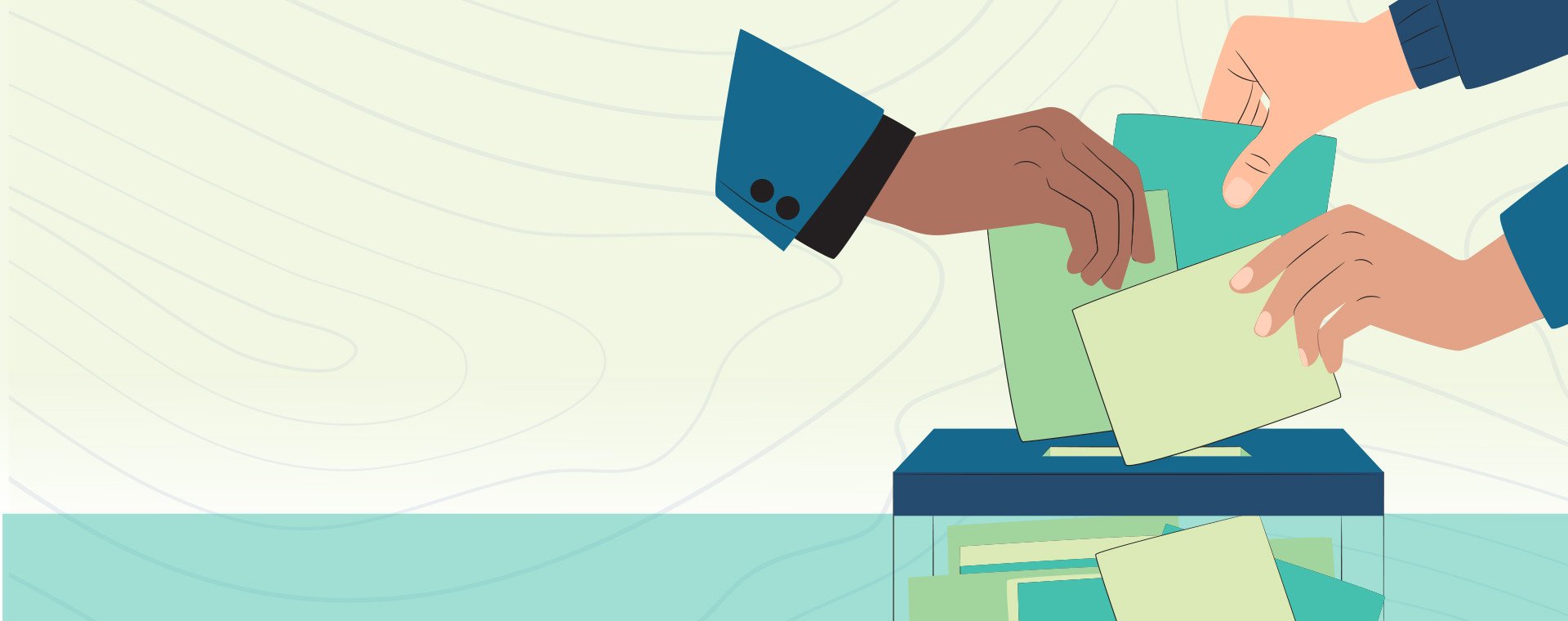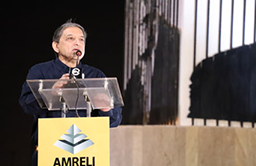KARACHI: The members of the four province assemblies will select their chief ministers, while the recently elected members of the National Assembly will choose the prime minister.

Concurrently, next month’s elections are set to take place for 49 Senate seats, ending the existing members’ six-year tenure in March 2024.
Not too far off is the contest to become the next Senate chairman, and once the electoral college is settled, there will be a presidential election.
Parties and recently elected independent members are maneuvering strategically in the political environment to gain as many seats and Senate representation as possible.
An important turning point in the political structure of the nation is the upcoming election process.
Initially, the prime minister and chief ministers of the four provinces would be chosen by the recently elected MNAs and MPAs.
The calendar for the Senate elections is thus anticipated to be announced by the Election Commission of Pakistan (ECP) at the end of this month or the start of the following.
Waqar Mehdi, Raza Rabbani, Maula Bakhsh Chandio, Muhammad Ali Shah Jamot, Imamuddin Shauqeen, Qaratulain Aini Murri, and Dr. Muzaffar Hussain Shah are among the senators from Sindh who are resigning from their general Senate seats.
Additionally, Kishu Bai Krishna Kumari, Anwar Lal Deen, and Rukhsana Zuberi were voted to the seats of women, minorities, and technocrats, respectively. A new Senate chairman is about to be elected since Senate Chairman Sadiq Sanjrani is one of the senators whose mandates are coming to an end.
The Senate chairman will be chosen shortly after the Senate elections, and after the electoral college is finished, members of the upper and lower houses will vote to choose the United States president.
Members of the four provincial assemblies and both houses of parliament make up the electoral college.
In a flash
There were 854 national and provincial assembly constituencies up for election. As per the preliminary findings published by the ECP, 348 independent candidates yielded successful results. With a few exceptions, the independents are members of the PTI, which lost its right to use the electoral symbol “bat” because of its contentious internal elections.
After obtaining 227 seats, the PML-N became the largest political party, with 160 seats won by the PPP. Third position with forty-five seats goes to the MQM-P.
Preliminary results show that independents won 101 seats in the National Assembly. The PPP obtained 54 seats, the MQM-P secured 17, while the PML-N secured 75 seats. The JUI secured four seats, the PML-Quaid secured three, and the Istehkam-e-Pakistan Party and the Balochistan National Party each secured two seats.










































